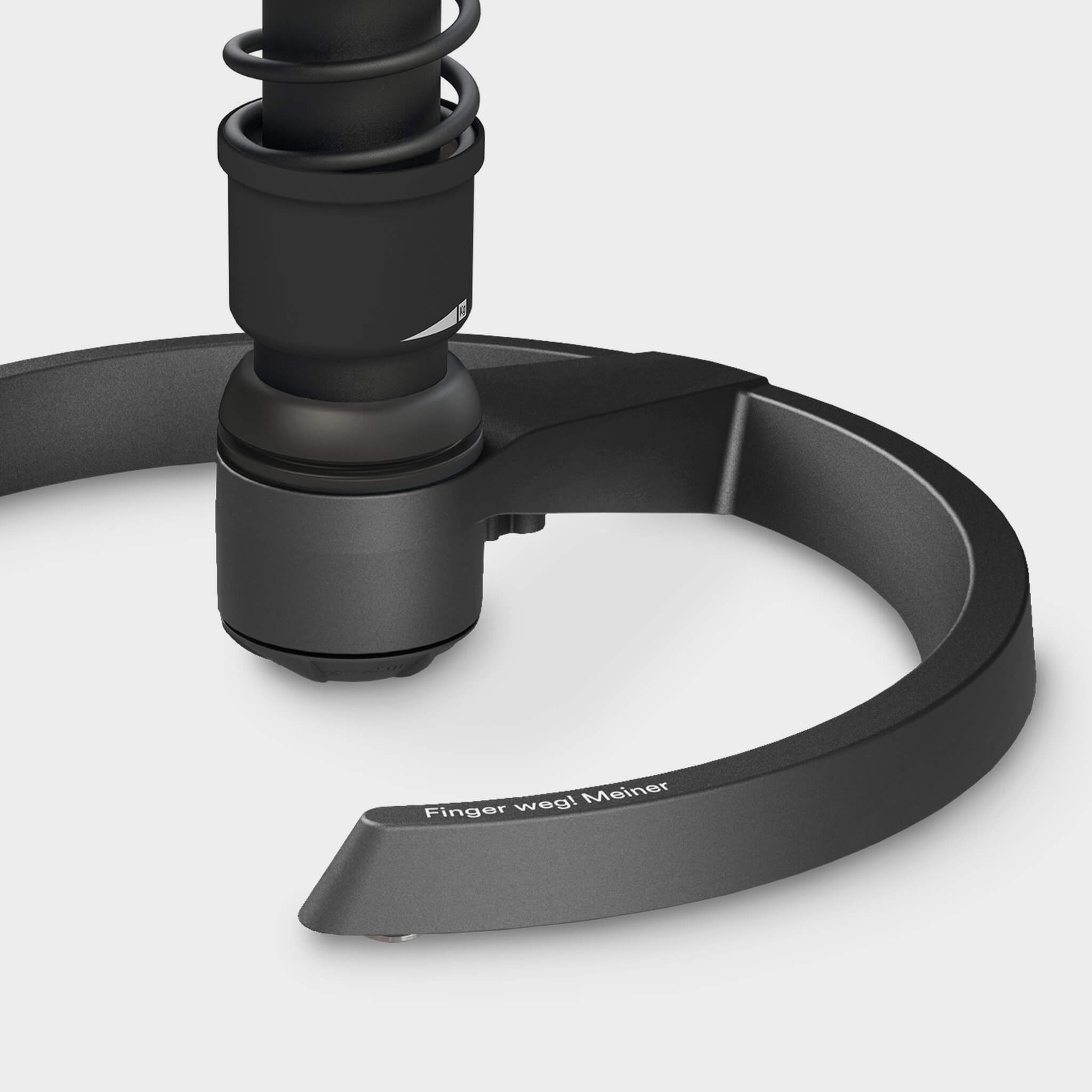Woher kommt der Begriff „Jäger und Sammler“?
Unsere Vorfahren waren echte Jäger und Sammler. Schon die Neandertaler gingen auf die Jagd und sammelten Nahrung. Aber noch vor wenigen Tausend Jahren, uns bekannt als Steinzeit, waren unsere Vorfahren für die Nahrungssuche und soziale Kontakte unterwegs. Forscher wissen zuverlässig, dass die Menschen gezwungen waren, lange Strecken zurückzulegen, um zu jagen oder zum Sammeln von Vorräten und Brennmaterial.
Die Nahrung bestand aus dem, was man unterwegs einsammelte: Nüsse, Beeren, Obst oder Fisch und Fleisch, gewürzt wurde wenn überhaupt mit Kräutern. Alleine um aus einer Wasserquelle den Durst zu stillen, gingen die Menschen im Schnitt drei Kilometer. Auch für den zwischenmenschlichen Kontakt oder sehr grundlegend zur Fortpflanzung musste man sich vom einen Ort zum nächsten bewegen. So gesehen lebten unsere Vorfahren wirklich sehr gesund.
Jäger und Sammler werden sesshaft – was das für uns bedeutet
Der Körper des Menschen hat sich im Laufe dieser vielen Tausend Jahre an die ständige Bewegung angepasst – und braucht ihn noch heute. Durch die Herstellung von Werkzeug, durch Landwirtschaft und Tierzucht und damit einhergehend das Sesshaft-werden, änderte sich die Lebensweise vom Nomaden zum Ackerbauern jedoch massiv. So hat im Laufe der Zeit, und in den letzten Jahren immer schneller – die Notwendigkeit der Bewegung abgenommen.
Heute leben wir in einer Zeit der Arbeitsteilung. Körperliche Arbeit übernehmen in der Regel Männer, Frauen machen dafür leichtere Hausarbeiten. Sammeln von Essen und Kleidung ist in der Form unserer Vorfahren nicht mehr nötig. Landwirtschaft oder schlicht Bauer sein ist in der zivilisierten oder westlichen Welt für viele nicht mehr finanziell attraktiv. Auf die Jagd und in den Wald geht man heute nur noch zur Freizeitbeschäftigung. Und Dank der technologischen Entwicklung und einer blühenden Wirtschaft, verfügen wir heute über viele Dinge, die uns das Leben leichter aber nicht unbedingt gesünder machen.
Fortbewegung früher – heute
Bewegte man sich zu Beginn des letzten Jahrhunderts noch zu Fuß oder zu Pferd fort, so fahren wir heute Auto oder Zug. Um von einem Stockwerk ins nächste zu kommen, nimmt man heute den Aufzug statt wie früher die Treppe. Büroarbeiten, die früher im Stehen an Stehpulten erledigt wurden, werden heute an PC-Arbeitsplätzen gemacht. Es gibt ein Laden für alle Lebensmittel. Und viele Einkäufe werden im Internet getätigt und per Paketdienst gebracht.
Das kann eine Evolution überfordern: Die Entwicklung des Menschen oder die Anpassung an neue Bedingungen dauert Tausende von Jahren und viele Generationen. Bequemlichkeit mag schön und gut sein, aber unsere Körper sind nach wie vor an Bewegung gewohnt und brauchen diese auch. Der Körper äußert dies durch Schmerzen, Unwohlsein, Übergewicht und weiteren Krankheiten, die der moderne, ungesunde Lebensstil mit sich bringt.
Der Jäger und Sammler wird dick – und braucht Sport
In der westlichen Welt verfetten ganze Gesellschaften und Ernährungsinstitute boomen, denn die Menschen wissen nicht mehr intuitiv, welche Nahrung ihnen gut tut. Trotz oder gerade wegen aller Veränderungen ist der Mensch von heute mehr denn je auf Bewegung angewiesen. Viele machen Sport oder versuchen es zumindest. Auch wenn die Zeiten der schweren körperlichen Arbeit vorbei sind, so bestehen sogar in Bürojobs oder bei Arbeiten im Stehen Möglichkeiten, sich zu bewegen. Wichtig dabei ist die Qualität der Bewegung. Es kommt auf die natürliche, intuitive und spontane Bewegung an.
Im Sitzen bewegen
Aeris bietet hier für die Arbeit und zuhause ergonomische Bürostühle wie zum Beispiel Aeris Swopper und Aeris 3Dee oder den Aktiv-Steh-Stuhl Aeris Muvman an. Diese Stühle fordern und fördern die intuitive Bewegung. Das ist natürlich keineswegs die Menge an Bewegung, wie unsere Vorfahren sie hatten, aber ein Schritt in die richtige Richtung. Zumindest kann man so im Sitzen Muskeln und Bewegungen die trainieren und damit einseitige Belastungen verhindern, die zu chronischen Leiden führen.
